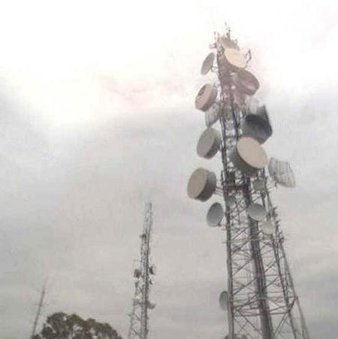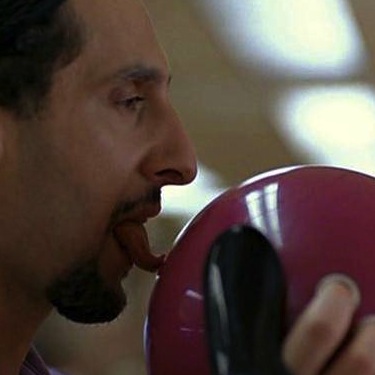I've been a broadcast meteorologist on television since the early 1990's. Happy to answer any questions about the weather or local TV news. Yes, I often wear sneakers on set just out of view of the camera.
Hello. I'm in Texas and generally don't forecast for Cancun. You might try weatherbug.com. Have a great trip!
Interesting question. If you do a web search for "lightning detector" you will find some options. Kind of the same principle as hearing a static pop on AM radio. In an active storm it might me difficult to separate specific lightning flashes from thunder. These are commonly used at sporting events and golf courses etc.
Sure. Any odd shaped stone is likely an amalgamation of a bunch of smaller stones that have partially melted in the storm and then frozen together again. So I guess in theory you could get just about any shape! Thanks.
Interesting question with a possible complicated answer. The easiest data point to look at is probably dewpoint, which is the amount of water vapor in the air. Obviously it is cooler at night because there is no incoming sunlight. Overnight the heat from the day radiates out to space and the air cools. The temperature will never fall below the dewpoint and when that number is reached the air is considered saturated. So the dewpoints are likely higher in Kansas as opposed to Colorado. Moisture travels northward from the Gulf easier across the plains as opposed to the higher elevations in the mountains. So check the dewpoint. Thanks!
Radio program/music director
 What's your take on the whole Don Imus racism scandal?
What's your take on the whole Don Imus racism scandal?
Bowling Alley Attendant
 What do bowling alleys do to keep those nasty shoes clean/sanitary?
What do bowling alleys do to keep those nasty shoes clean/sanitary?
Call Center Employee (Retail)
 What's the meanest thing someone's said to you on the phone?
What's the meanest thing someone's said to you on the phone?
Tornado debris signature. Radar can tell the difference between rain and hail and other “targets”. When a tornado starts lifting things in the air the radar can show that, often called a debris ball. It is helpful because farther away from the radar dish, as the earth curves away from the beam, what we see are radar targets above the surface as opposed the the actual tornado. The TDS gives more confidence that the rotation is actually on the ground. Thanks! https://en.m.wikipedia.org/wiki/Tornado_debris_signature
Hi, Jack. Nope, the feels like temperatures is a calculated number. Go with the actual temperature.
Likely not. A severe thunderstorm warning is triggered by one inch hail and/or 58 mph winds. Different process. A thunderstorm is more of a local convective event and strong winds in a blizzard are a larger scale pressure gradient event. Great question!
-OR-
 Login with Facebook
Login with Facebook (max 20 characters - letters, numbers, and underscores only. Note that your username is private, and you have the option to choose an alias when asking questions or hosting a Q&A.)
(A valid e-mail address is required. Your e-mail will not be shared with anyone.)
(min 5 characters)
By checking this box, you acknowledge that you have read and agree to Jobstr.com’s Terms and Privacy Policy.
-OR-
 Register with Facebook
Register with Facebook(Don't worry: you'll be able to choose an alias when asking questions or hosting a Q&A.)